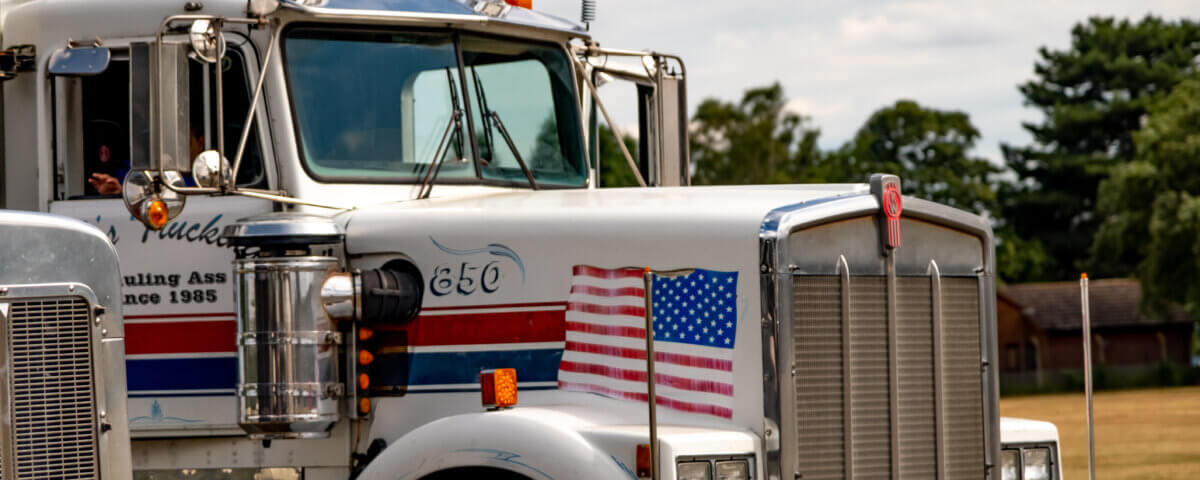Introduction
Drivers often describe big-rigs as the bullies of the highway, and for good reason. Their massive size, weight, and presence intimidate smaller vehicles. When accidents happen, the results are devastating, leaving victims to deal with life-changing consequences.
The Intimidation Factor
Big-rigs can weigh more than 80,000 pounds, towering over passenger cars. Their size alone creates blind spots that make it difficult for truckers to see smaller vehicles. The National Highway Traffic Safety Administration reports that large trucks are responsible for thousands of fatalities every year, many involving cars caught in blind spots.
https://www.nhtsa.gov/
Aggressive Driving and Pressure
Some truck drivers admit to feeling pressure to drive aggressively to stay on schedule. Tight delivery deadlines and long hours encourage risky behavior such as tailgating, speeding, and sudden lane changes. The Federal Motor Carrier Safety Administration has studied how fatigue and time pressure contribute to unsafe driving in the trucking industry.
https://www.fmcsa.dot.gov/
Why Big-Rig Accidents Are So Severe
When a big-rig collides with a smaller vehicle, the difference in size and weight means the smaller vehicle absorbs the majority of the damage. Victims often suffer catastrophic injuries such as spinal cord damage, traumatic brain injuries, or permanent disabilities.
The Struggle for Victims
After a crash, victims face an uphill battle. Trucking companies often deploy legal teams within hours to protect themselves. Insurance providers fight hard to minimize payouts, leaving victims with mounting medical bills and lost wages. Without proper legal help, many do not receive fair compensation.
Conclusion
Big-rigs dominate the road, but their power comes with immense responsibility. For victims, the bully-like presence of these trucks isn’t just intimidating, it can be life-threatening. Holding trucking companies accountable is the only way to balance the scales for those hurt by their negligence.
Note: These blog posts are created solely for the use of Hillstone Law. The information is gathered from internet research, publicly available sources, and artificial intelligence (AI) tools such as ChatGPT. While we aim to share helpful and educational content, Hillstone Law does not independently verify every detail. Some information may be incomplete, outdated, or subject to change without notice. If you believe any part of a post is inaccurate, misleading, or infringes upon copyright, please contact Hillstone Law immediately so we can review it and take appropriate action, including correction or removal.
Disclaimer: The material provided in these blogs is for general informational purposes only and should not be considered legal advice. Reading these posts does not create, and is not intended to create, an attorney-client relationship with Hillstone Law. Our intent is to share knowledge, raise awareness, and provide helpful resources to the public; however, Hillstone Law makes no warranties or guarantees about the accuracy, completeness, or reliability of the information provided, and expressly disclaims liability for any actions taken in reliance on it. The photos used in these posts are for illustrative purposes only and do not depict actual clients, individuals, or incidents unless expressly stated. If you or a loved one has been injured in an accident, please contact Hillstone Law at (855) 691-1691. Our attorneys are available to answer your legal questions and help you understand your rights.







